
The Spring Baronetcy, of Pakenham in the County of Suffolk, is a title in the Baronetage of England.

The Spring Baronetcy, of Pakenham in the County of Suffolk, is a title in the Baronetage of England.
The title was created on 11 August 1641 for Sir William Spring, who had already been knighted by Charles I. [1] [2] The first baronet supported Parliament during the English Civil War and was a Member of Parliament for Bury St Edmunds and Suffolk during The Protectorate. [3] His son, the second baronet William, was a beneficiary of the Indemnity and Oblivion Act and also represented Suffolk in the Habeas Corpus and Exclusion parliaments. [3]
Upon the death of the fourth baronet without children in 1737, the title and estates separated. The baronetcy was inherited by the fourth baronet's uncle, while the estates were divided among his two surviving sisters. [4] Burke's Peerage (1844) records the title as becoming extinct on the death of the fifth baronet in 1740. [1] It was, however, inherited by the fifth baronet's son, who had been a page in the household of the Duke of Somerset. [5] [6] The sixth baronet died in 1769, at which point the title became dormant. [7]
The family seat until 1737 was Pakenham Hall, Suffolk. [8] The family motto is Non mihi sed Patriae (Latin), Not for myself but for my country. [9]
The Armine baronetcy, of Osgodby in the County of Lincoln, was a title in the Baronetage of England. It was created on 28 November 1619 for William Armine, subsequently Member of Parliament for Boston, Grantham and Lincolnshire. The second baronet represented Cumberland in Parliament. The title became extinct on the death of the third baronet in 1668.

There have been twenty one baronetcies created for persons with the surname Williams, eight in the Baronetage of England, three in the Baronetage of Great Britain and ten in the Baronetage of the United Kingdom. Only six of the creations are extant as of 2017.
Three baronetcies were created for persons with the surname D'Oyly, two in the Baronetage of England and one in the Baronetage of the United Kingdom. One creation is extant as of 2008.
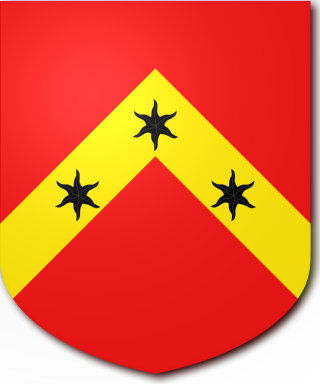
The Carr Baronetcy, of Sleaford in the County of Lincolnshire, is a title in the Baronetage of England. It was created on 29 June 1611 for Edward Carr who was Sheriff of Lincolnshire in 1614. The 3rd Baronet was Chancellor of the Duchy of Lancaster and a Member of Parliament for Lincolnshire in the House of Commons.
There have been four baronetcies created for persons with the surname Hay, all in the Baronetage of Nova Scotia. Two creations are extinct, one dormant and one extant. A fifth baronetcy in the Jacobite Peerage, although theoretically extant, is not recognised by the Lyon Office.

There have been two baronetcies created for persons with the surname Yelverton, both in the Baronetage of England.
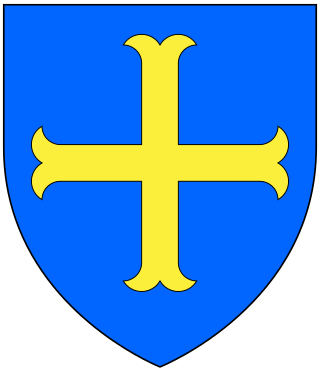
There have been three baronetcies created for descendants of the ancient Norman family of Molyneux who were granted extensive estates in Lancashire after the Norman Conquest.

There have been five baronetcies created for members of the old established family of Peyton of Peyton Hall in the parish of Boxford in Suffolk, all of whom were descended from Sir Robert Peyton of Isleham in Cambridgeshire, grandson and heir of Thomas Peyton (1418–1484) of Isleham, twice Sheriff of Cambridgeshire and Huntingdonshire, in 1443 and 1453. All the baronetcies are extinct.

Sir William Spring, 1st Baronet was an English landowner and politician. During the English Civil War, he was one of the leading Parliamentarian officials in East Anglia. He was the Member of Parliament for Bury St Edmunds before being removed during Pride's Purge in 1648, but was returned to the House of Commons as the MP for Suffolk shortly before his death in 1654.
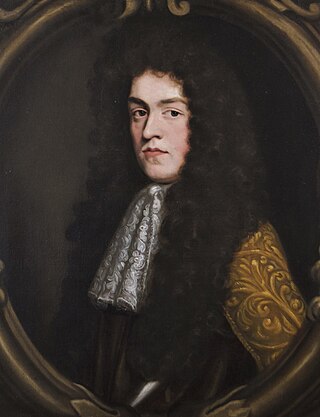
Sir William Spring, 2nd Baronet was an English Whig politician who was a Member of Parliament for Suffolk from 1679 until his death in 1684.

The Spring family is a Suffolk gentry family that has been involved in the politics and economy of East Anglia since the 15th century, as well as holding large estates in Ireland from the 16th century.
Sir William Spring of Lavenham was an English politician and landowner.
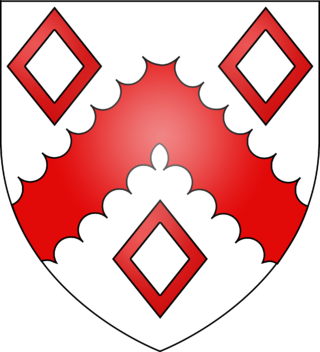
Sir Thomas Spring, 3rd Baronet of Pakenham Hall in Pakenham, Suffolk, was an English baronet and landowner who served as High Sheriff of Suffolk in 1696.
Sir John Spring, of Lavenham, Buxhall, Hitcham, and Cockfield, Suffolk, was an English merchant and politician.
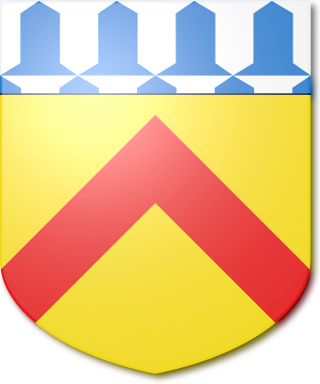
The St Quintin Baronetcy, of Harpham in the County of York, was a title in the baronetage of England. It was created on 8 March 1642 for William St Quintin. The third Baronet sat as Member of Parliament for Kingston upon Hull. The fourth Baronet was Member of Parliament for Thirsk. The title became extinct on the death of the fifth Baronet in 1795. The family estate of Scampston Hall was passed on to the late Baronet's nephew, William Thomas Darby, the son of Vice-Admiral George Darby, who assumed the surname and arms of St Quintin.

The Hewet Baronetcy, of Headley Hall in the County of York, was a title in the Baronetage of England. It was created on 11 October 1621 for John Hewet. The title became extinct on the death of the eighth Baronet in 1822.

Sir Gervase Elwes, 1st Baronet was an English Court Whig politician who sat in the House of Commons at various times between 1677 and 1706.

The Assheton Baronetcy, of Lever in the County of Lancaster, was created in the Baronetage of England on 28 June 1620 for Ralph Assheton. The second Baronet sat as Member of Parliament for Clitheroe. The title became extinct on the death of the fourth Baronet in 1696.
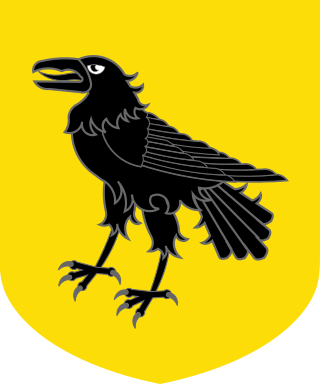
The Corbet baronetcy, of Stoke upon Tern in the County of Shropshire, was created in the Baronetage of England on 19 September 1627 for John Corbet.

The Corbet baronetcy, of Moreton Corbet in the County of Shropshire, was created in the Baronetage of England on 29 January 1642 for the Royalist Vincent Corbet. Both he and the second Baronet sat as Members of Parliament for Shropshire.